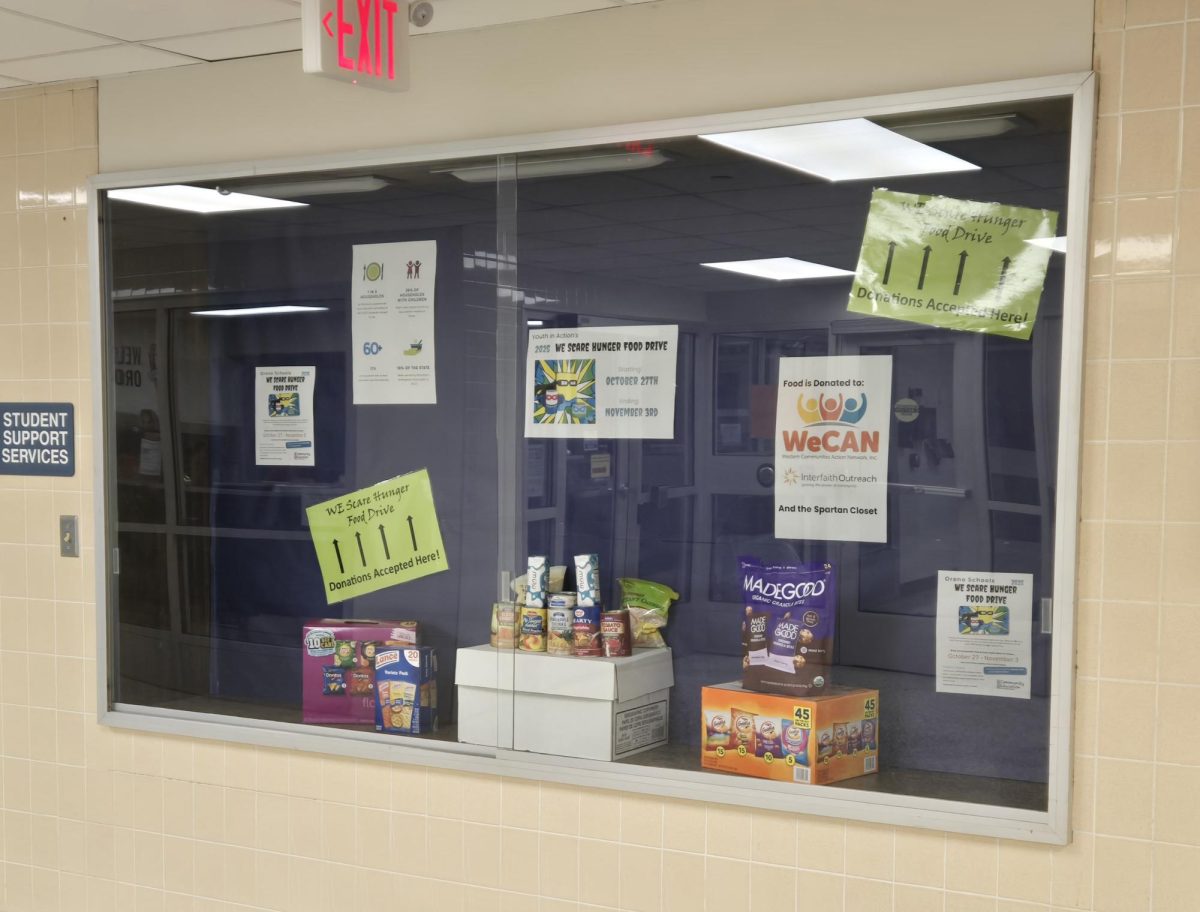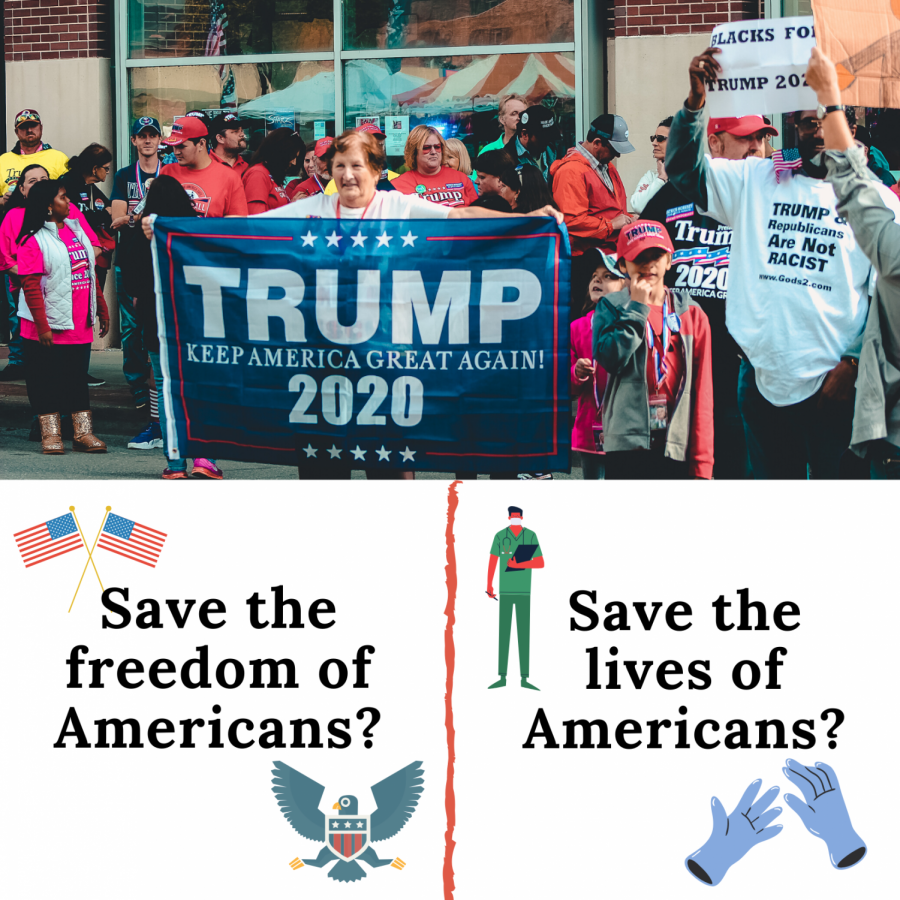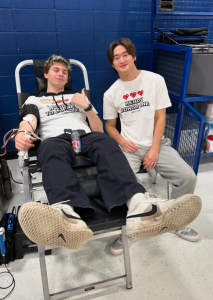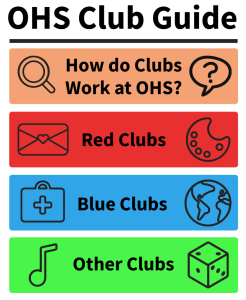Coronavirus: Protests erupt nationwide as people demand governments lift stay-at-home orders
Protests have erupted across the country as people begin to feel executive state shelter-in-place orders may be infringing on their freedom.
April 23, 2020
It has been more than a month since Gov. Tim Walz (D) declared the executive stay-at-home order for the state of Minnesota. Previous executive orders also called for non-essential businesses and restaurants to close their doors temporarily as a precaution to prevent the spread of the Coronavirus. 42 of the 50 United States have established shelter-in-place orders including regional states, such as Wisconsin, Illinois, Missouri and Kansas according to a map curated by the New York Times.
The new shelter-in-place order is set to expire on May 3 and still maintains the closures of many non-essential businesses and restaurants, according to the State of Minnesota. While many states have also extended their shelter-in-place orders into early May, states like Texas and Florida have begun to lift the executive order, now allowing businesses to open and people to break out of quarantine, according to the Associated Press. President Donald Trump took to Twitter to express his desire for states to re-open with tweets stating “LIBERATE MINNESOTA!”, “LIBERATE MICHIGAN!” and “LIBERATE VIRGINIA, and save your great 2nd amendment. It is under siege!” which sparked a national uproar.
Far-right conservatives across the country began to gather in large groups, directly violating social distancing rules, outside of government buildings to demonstrate their displeasure with the lock-down state of the country. Protestors in Minnesota stood outside of Gov. Walz’s home chanting their displeasure while waving American flags and holding up signs. President Trump’s tweets have been viewed by many as a form of encouragement for the protests and organizations, according to The New York Times.
“I disagree with the protest because the government is protecting our freedoms by giving us the proper guidelines to stay healthy. The effects of the Coronavirus are already astronomical in our country even with all of us staying home!” junior Elise Robin said.
Disruptions have come about in various forms, some including demonstrators blocking the streets on foot and in their vehicles; some even blocked hospital entrances in Michigan. Protesters are worried about the stability of the economy and feel that by being told to stay home, their freedom is being infringed upon. Counter-protesters comprised of small groups of healthcare workers have stood against the protesters who are dubious of the severity of the virus, as a way to show the toll the virus is taking on both health care professionals and their patients, according to National Public Radio.
“I think people are thinking short term without acknowledging the long term ramifications if we reopen too quickly; however, I acknowledge many are hurting financially from this and need money,” senior Max Pankonin said.





























































